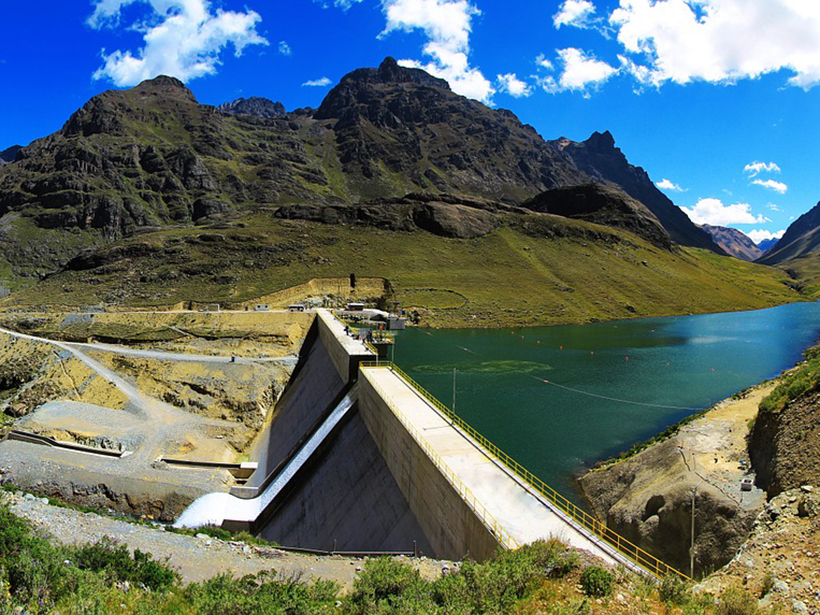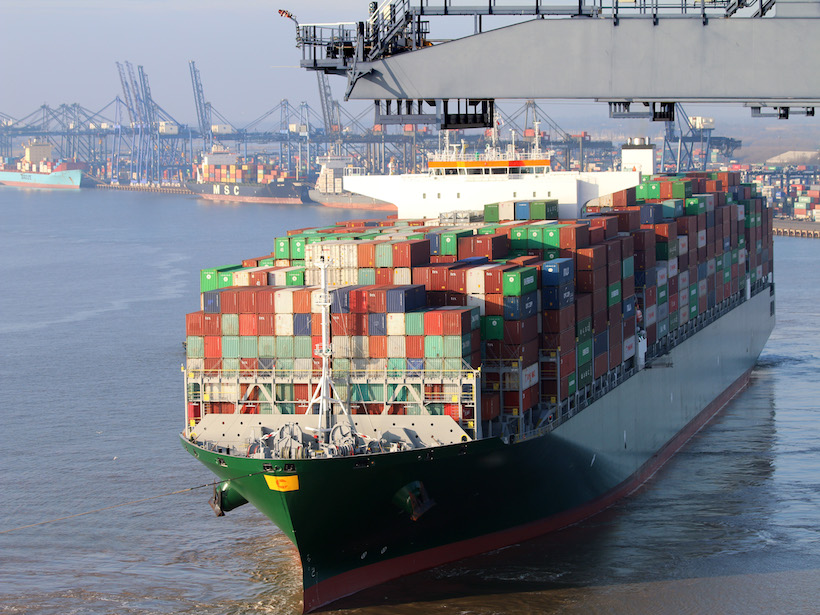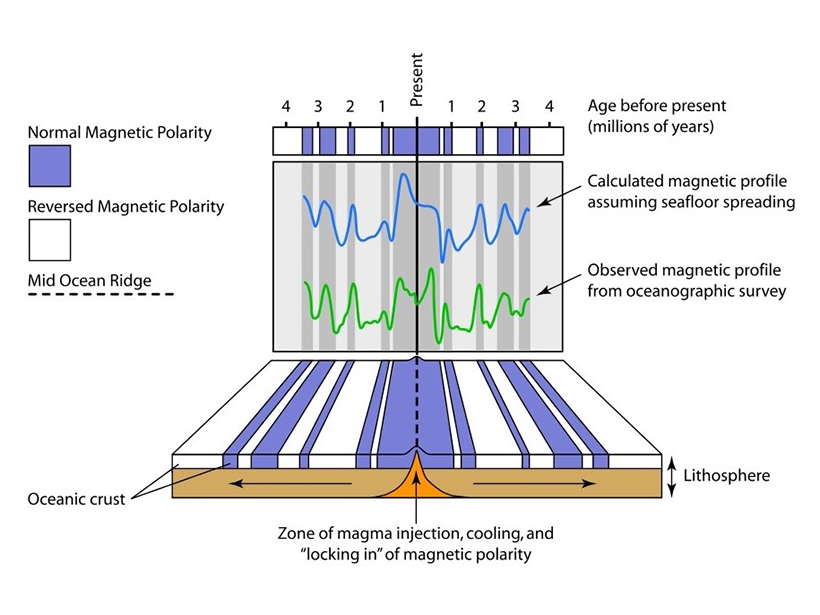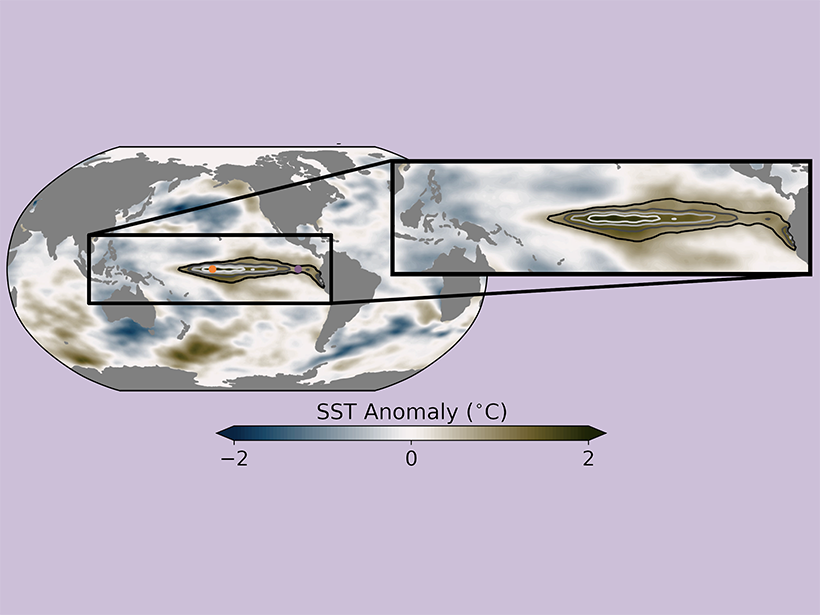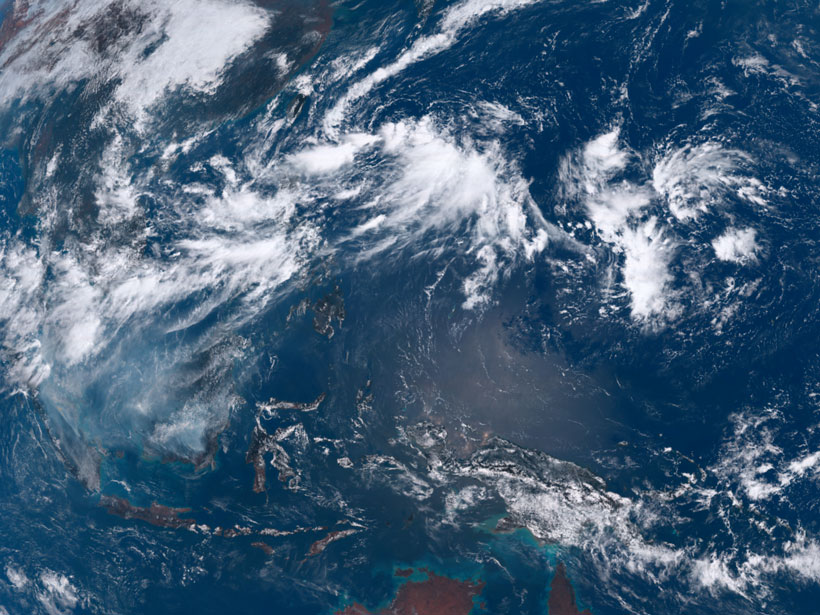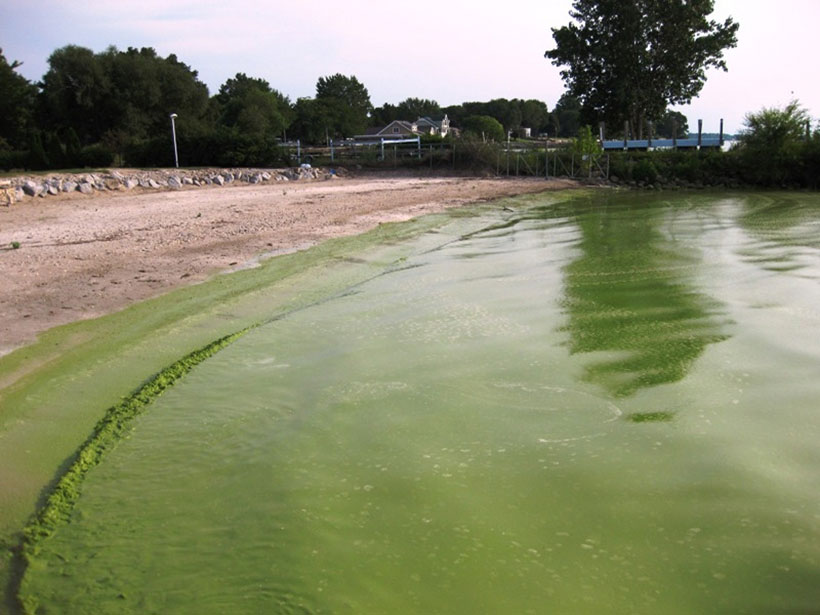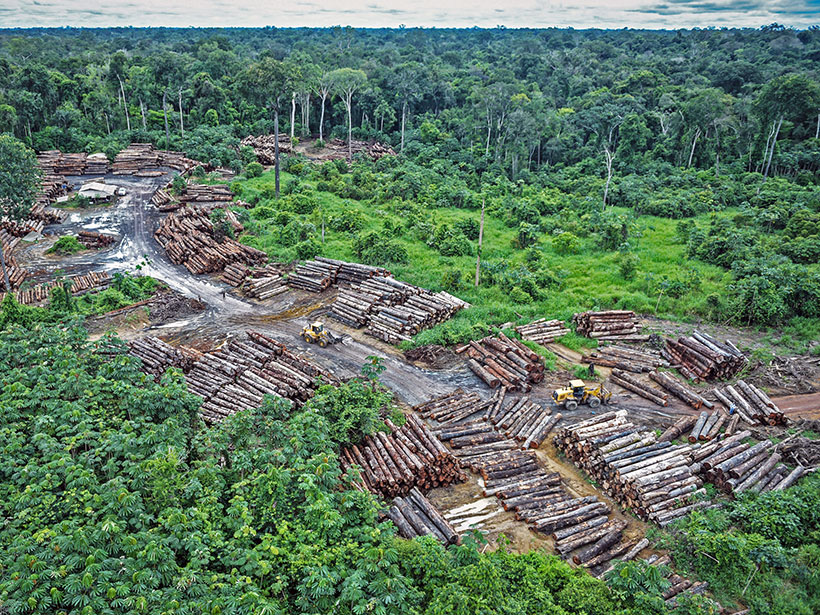New models indicate how dams worldwide influence the mix of nutrients in river water reaching the ocean. As more dams are built, changing nutrient loads may adversely affect coastal ecosystems.
Research Spotlights
Research spotlights are plain-language summaries of recent articles published in AGU’s suite of 24 journals.
Seaports Expected to Grow by up to Fourfold by 2050
New research finds adaptation of ports to sea level rise cheap compared to new construction needed to keep up with growing maritime trade.
World’s Deepest Freshwater Cave May Be a Kilometer Deep
The Czech Republic’s Hranice Abyss is more than twice as deep as researchers thought.
Steadying Mid-Ocean Ridge Spreading Rates
Researchers used an up-to-date global magnetic anomaly data set to track the history of magnetic field reversals and obtain more accurate estimates of tectonic spreading rates.
Interpreting Neural Networks’ Reasoning
New methods that help researchers understand the decision-making processes of neural networks could make the machine learning tool more applicable for the geosciences.
Warming in the Antarctic Stratosphere Affects Tropical Weather
Rapid temperature spikes in the stratosphere above Antarctica can influence weather and spark cyclones in the Northern Hemisphere’s tropics.
Remote Sensing of Algal Blooms Can Improve Health and Save Money
Using satellites to detect cyanobacterial algal blooms can foster faster decision-making that reduces harm to public health as well as associated costs.
Ideal Temperatures for Carbon Uptake by Subtropical Plants
Air temperatures in coastal ecosystems of Australia routinely exceed the optimum range for photosynthesis, hindering plants’ ability to take up atmospheric carbon.
How Forest Degradation Affects Carbon and Water Cycles
Forest degradation may be as widespread as deforestation in the Amazon, but its impact on energy, carbon, and water fluxes is less well understood.
Jupiter’s Ocean Moons Raise Tidal Waves on One Another
New research considers the effect of Jupiter’s Galilean moons on each other’s oceans for the first time.

